Making cocoa in Mekong Delta
Wed, 30 Oct 2019 13:53:00 | Print | Email Share:
A family in Can Tho City has been growing cacao for 59 years and producing cocoa and chocolate from it.

Cacao trees are 4-8 m tall and grow well under the shade of other trees, and so are often intercropped with coconut and rubber. Ripe cacao fruits are yellow, orange or red. Its seeds yield comfort foods like chocolate and cocoa butter.
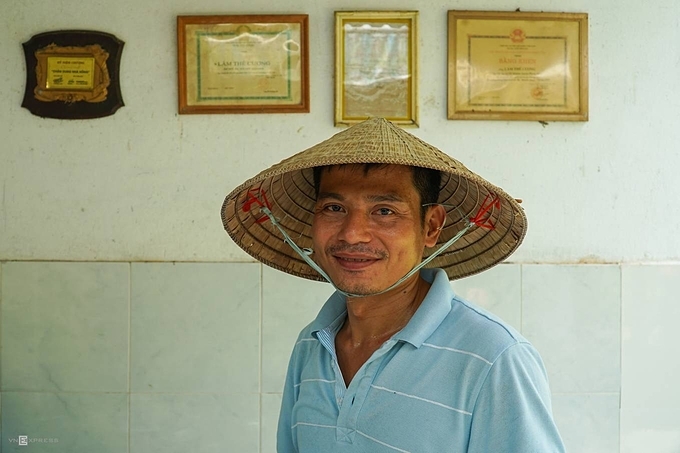
Since he first grew cacao and sold the beans in the 1960s, the processing plant run by Lam The Cuong, also known by his nickname Muoi Cuong, is well-known in Phong Dien District, Can Tho City. His 1.2-hectare Muoi Cuong cacao garden has more than 2,000 trees.
Minh Quan (pictured), Muoi Cuong’s son, said, "The process of making cocoa in the family is all manual."
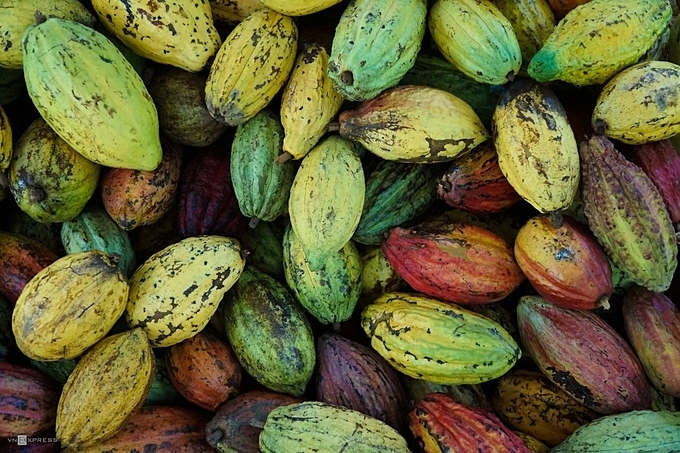
After harvesting ripe cacao pods, the farmers put them in a box and cover it for a day or two for the fruits to acclimate. Then their husk is removed.
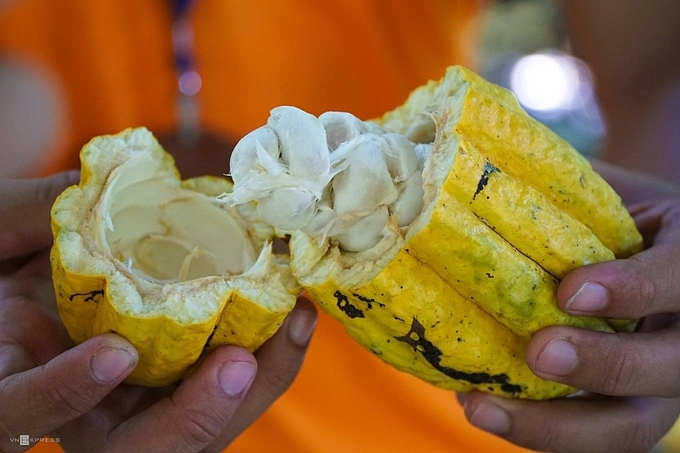
The cacao fruit has white pulp which tastes sour. It turns bitter after being processed. The pulp is incubated for six to seven days after which the fermented pulp detaches from the beans inside. The fermentation process is very important to ensure the seeds' quality, according to Quan.
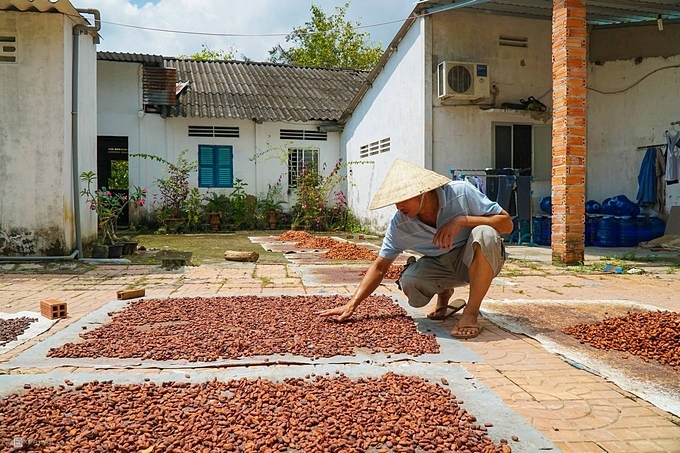
After the fermentation, the beans turn brown. They are dried in the sun.
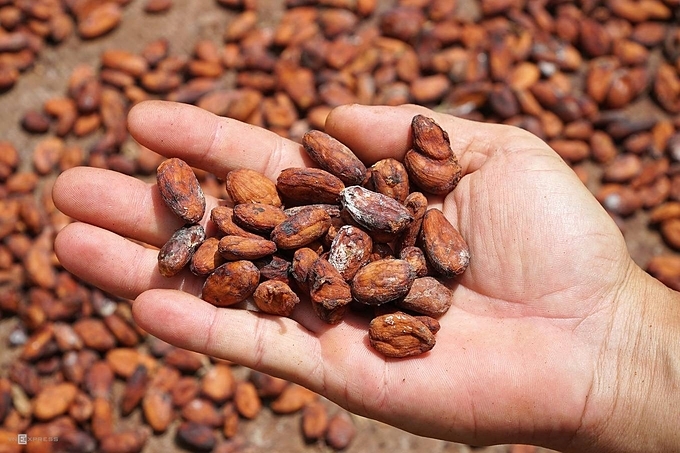
On cloudy days, the family has to use cast iron pots to roast the seeds. "The seeds have to be really dry otherwise we can’t use them," Quan said.
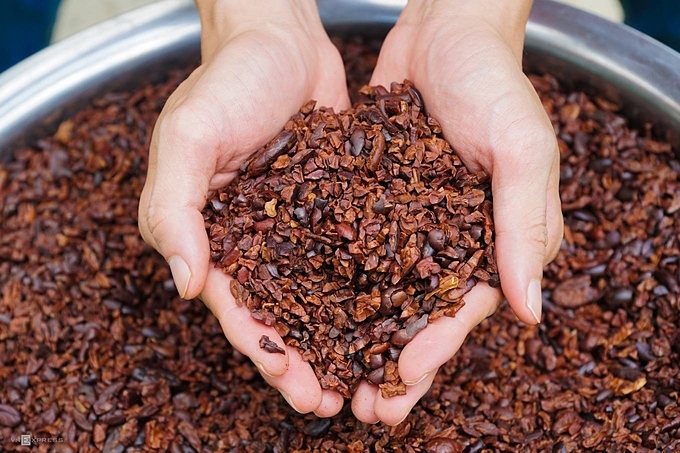
What follows is the cracking of the dry seeds. This takes a lot of effort and patience. In the past the workers used their hands to shell the seeds, but nowadays they have switched to mortars.
A stone mortar used to grind rice has been redesigned by Quan's family for the purpose. The mortar causes the beans to split into two or three pieces. They are then transferred to a flat bamboo basket and placed in front of electric fans to shake of the shell.
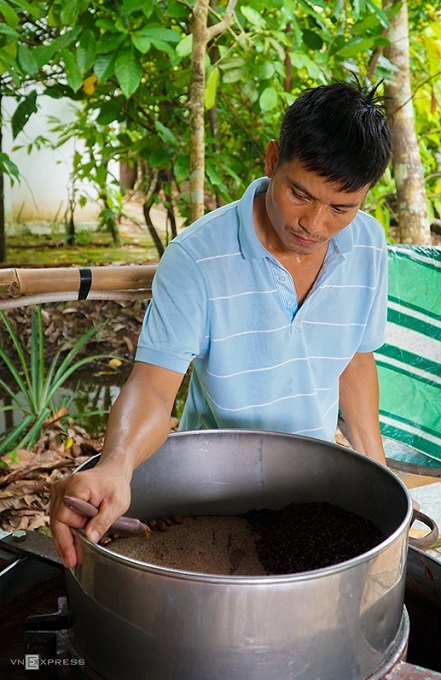
To make cocoa, the workers crush the seeds using a heated mortar and pestle until they get a smooth mixture.
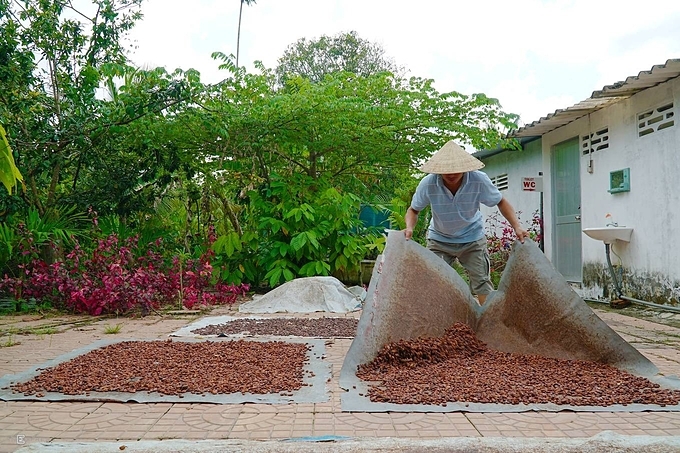
Many families growing cacao in the Mekong Delta are losing interest in the crop since its output and prices are not consistent. But Quan's family does not think it will stop anytime soon.
"Although the quantity produced is not much, it helps my family's finances," Quan said while gathering the dried beans.
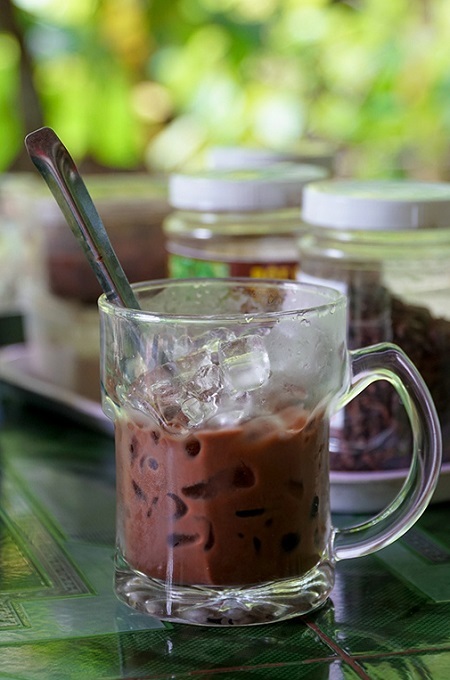
Cocoa powder mixed with boiling water and a dash of sugar or condensed milk turns into a delicious drink. Ice cubes are recommended if it is a hot day.
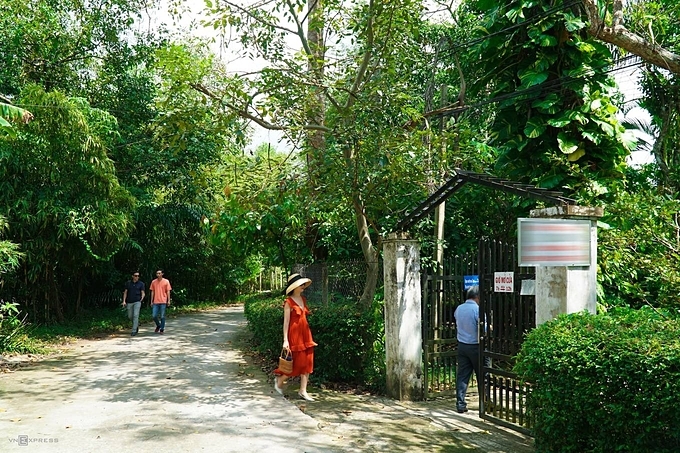
The Muoi Cuong cacao garden attracts a few dozen visitors every day, the majority of them foreigners, between 7 a.m. and noon every day. They come to see the processing of the cacao and buy cocoa, chocolate and cacao juice.
By: Di Vy/Vnexpress
---------------------------------------------
Same category News :













